| I spent the last 2 weekends digging out weeds and prepping the ground for our new garden space. I used my right leg a lot to push on the shovel when I worked with the weeds and soil. By the end of these heavy duty, all day gardening sessions, my right knee felt so stiff and painful I needed to address the tension around the knee. I felt so good after my "knee rehab" session that I thought that I would share what I did. I am not pain free yet, but I know that if I keep this routine up through the week, I will be good to go in no time! |
How to get rid of a painful & stiff knee
- Decompress knee with a band
- Release with balls: quadriceps, hamstrings, calves
- Work the tissues surrounding the knee with Gua Sha tools (or a butter knife)
Decompress
Release Around Knee Joint
| | |
| | |

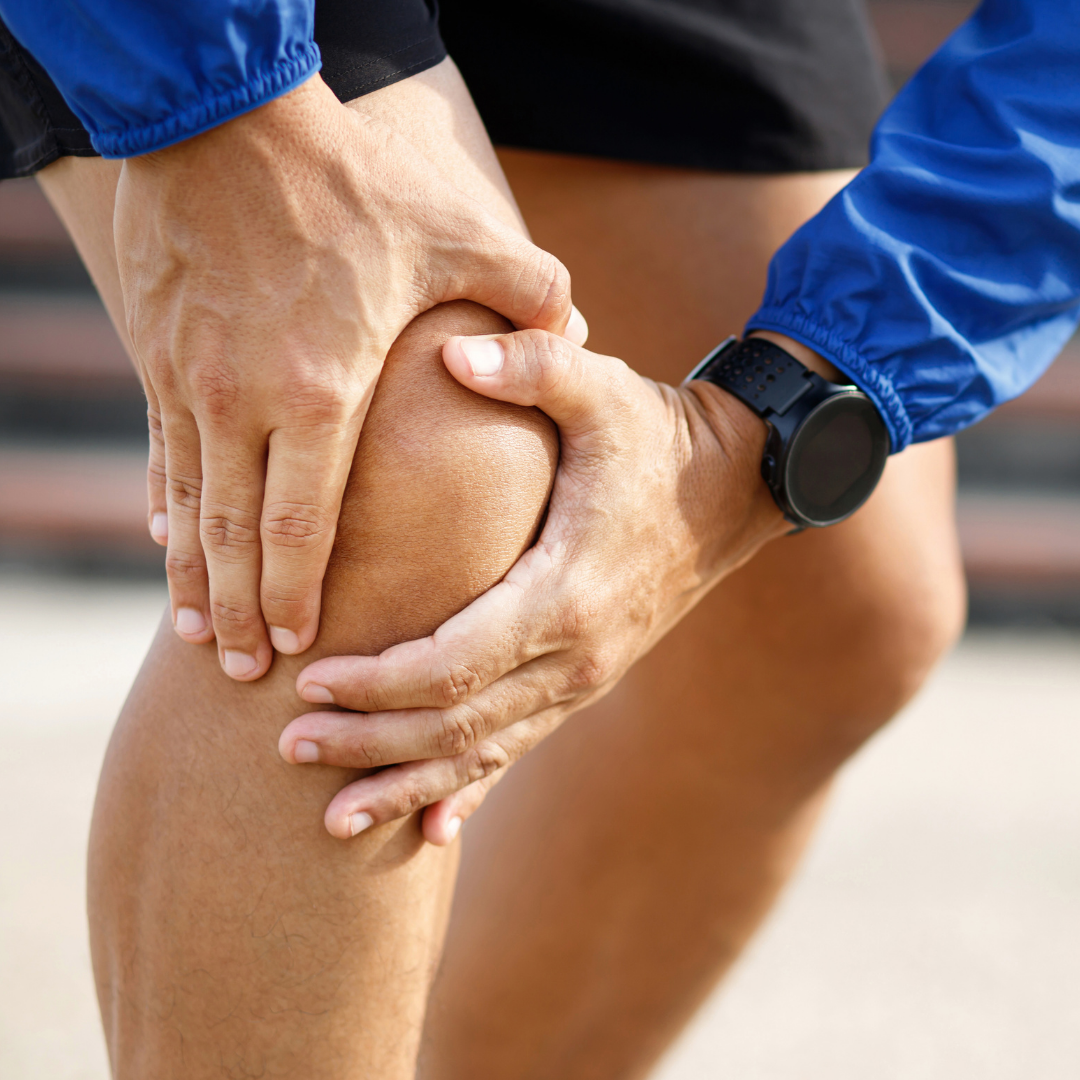
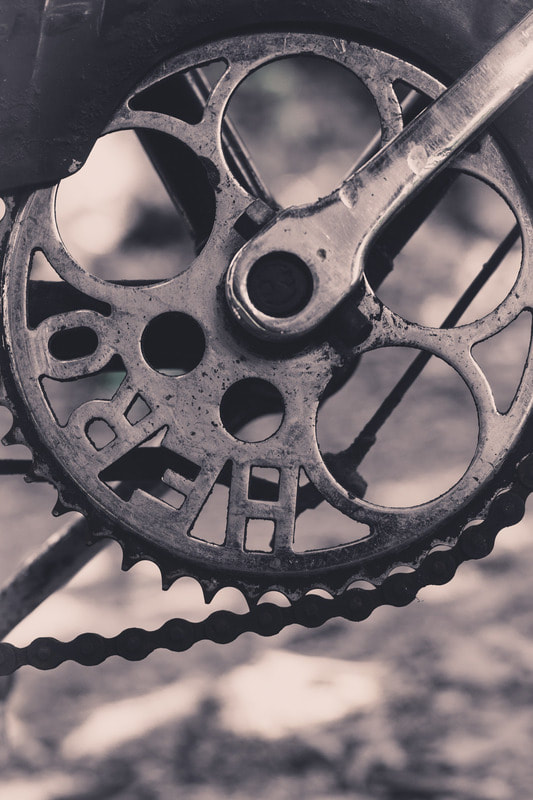

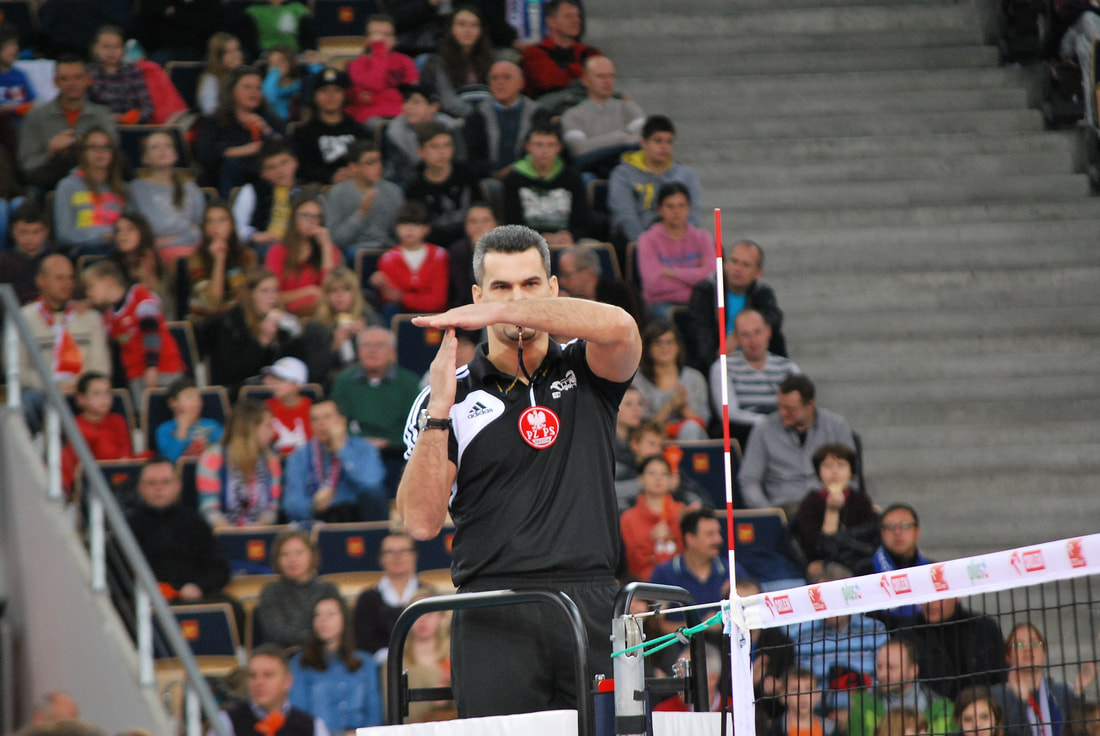
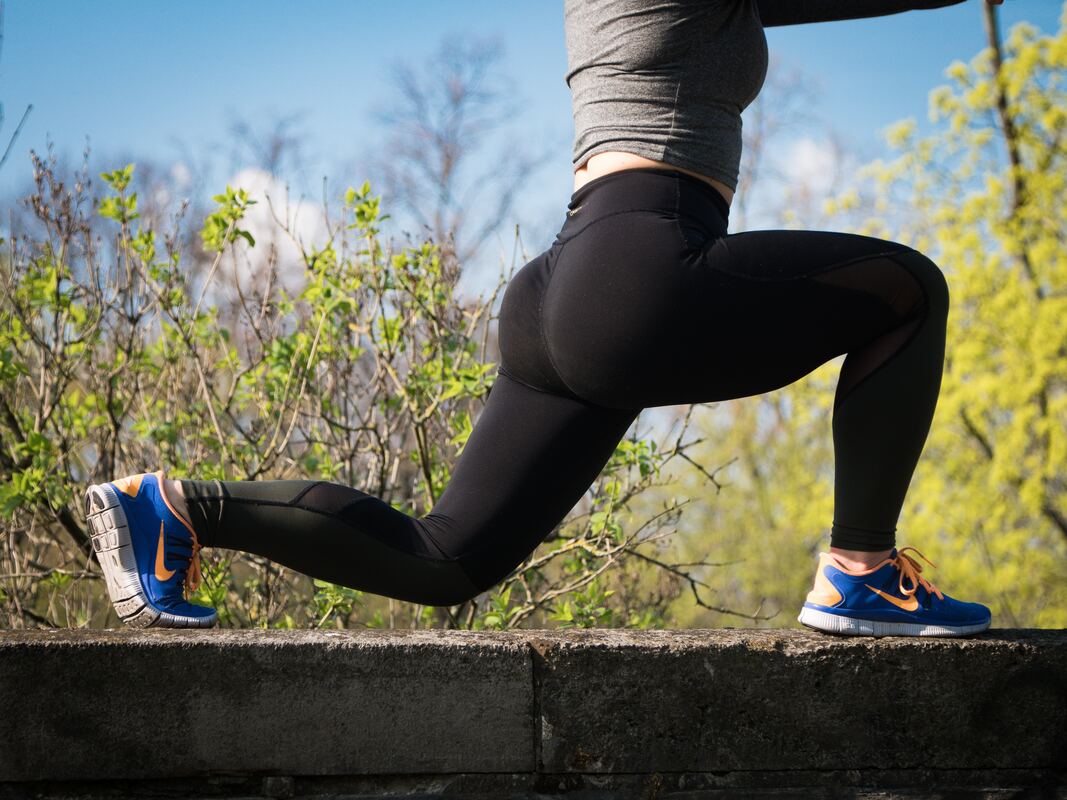
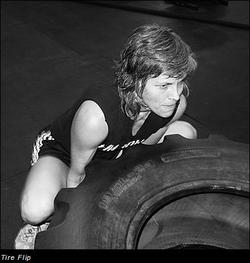

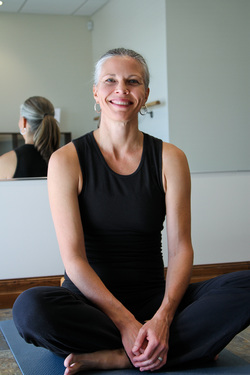
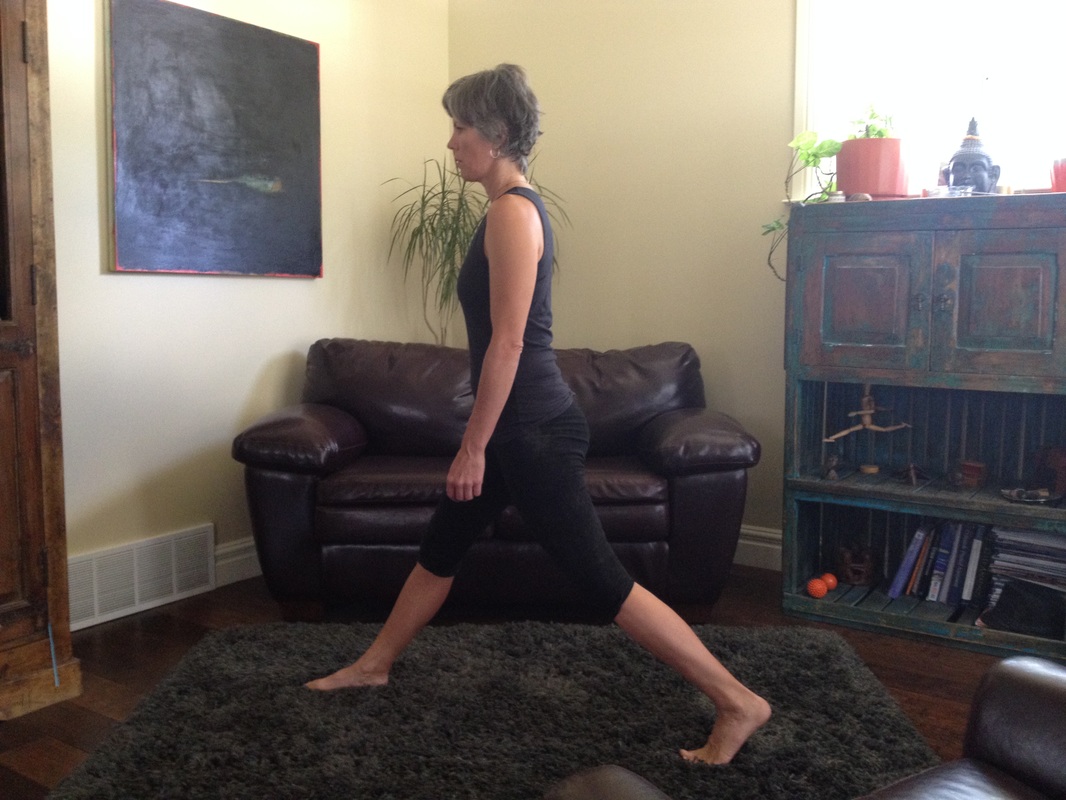
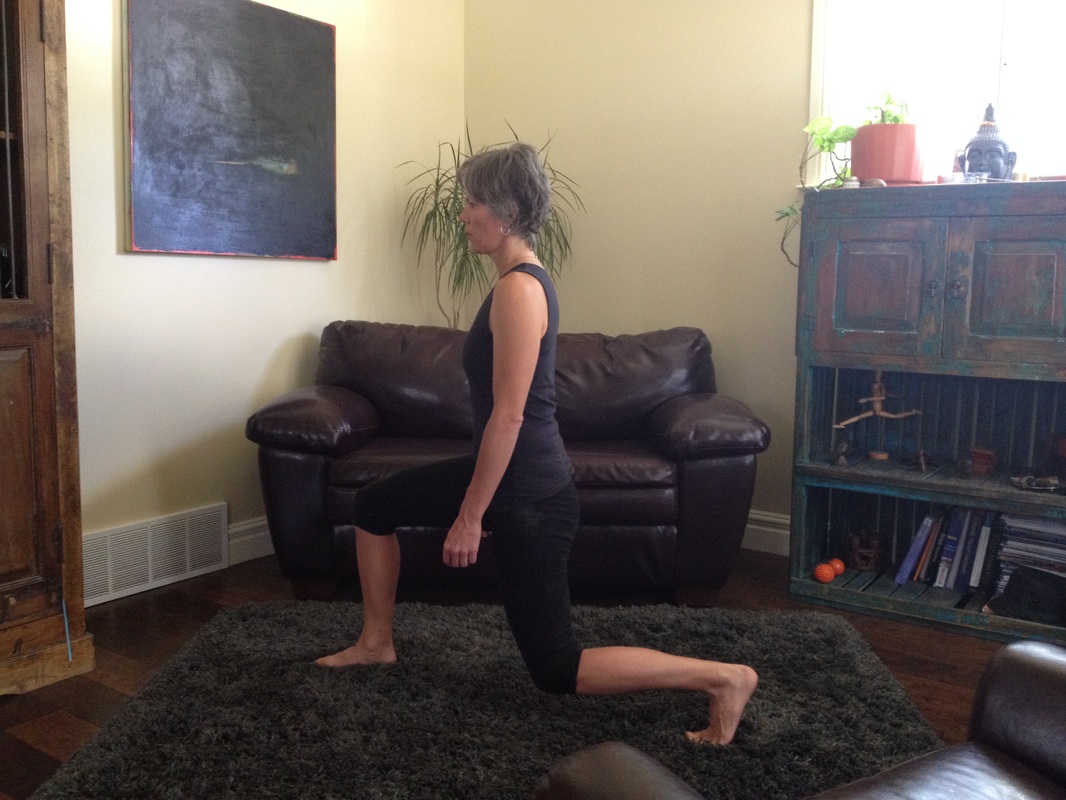
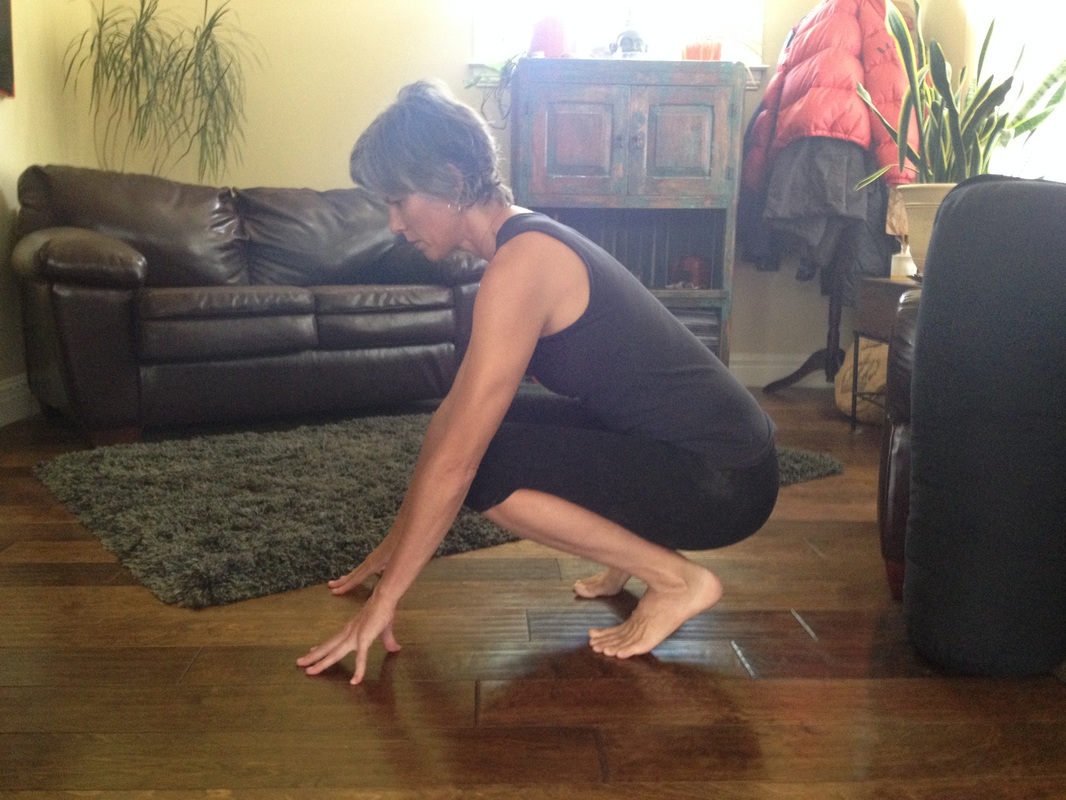
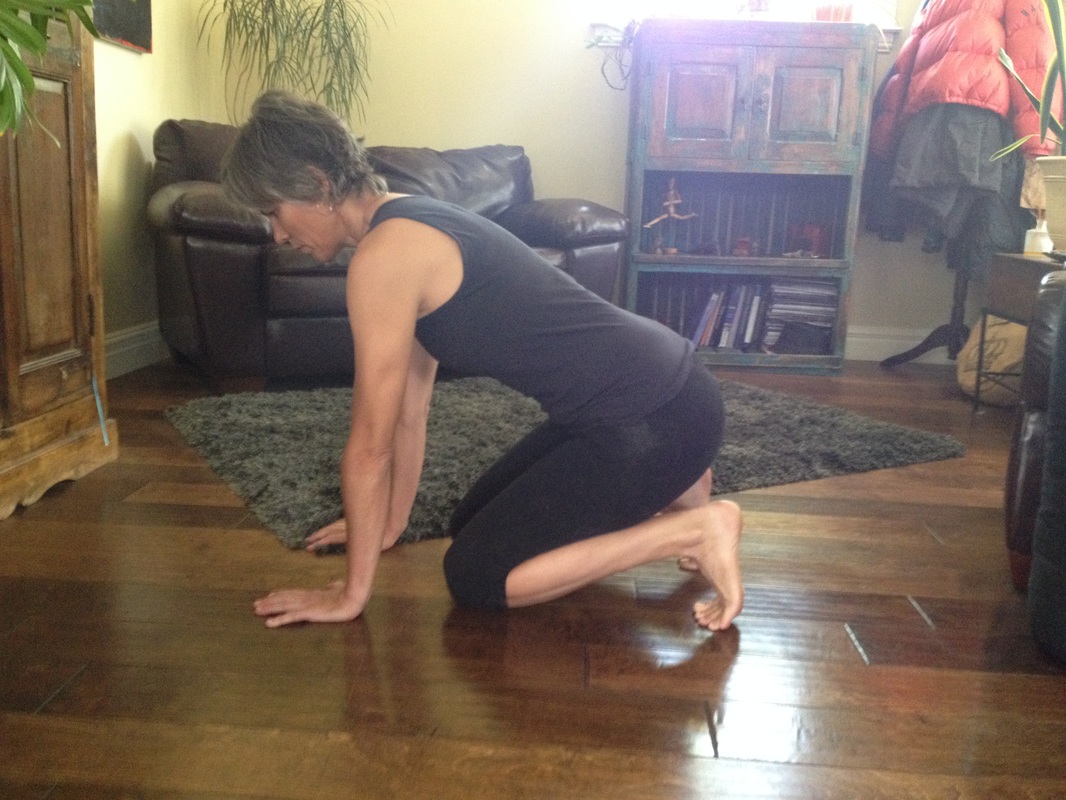
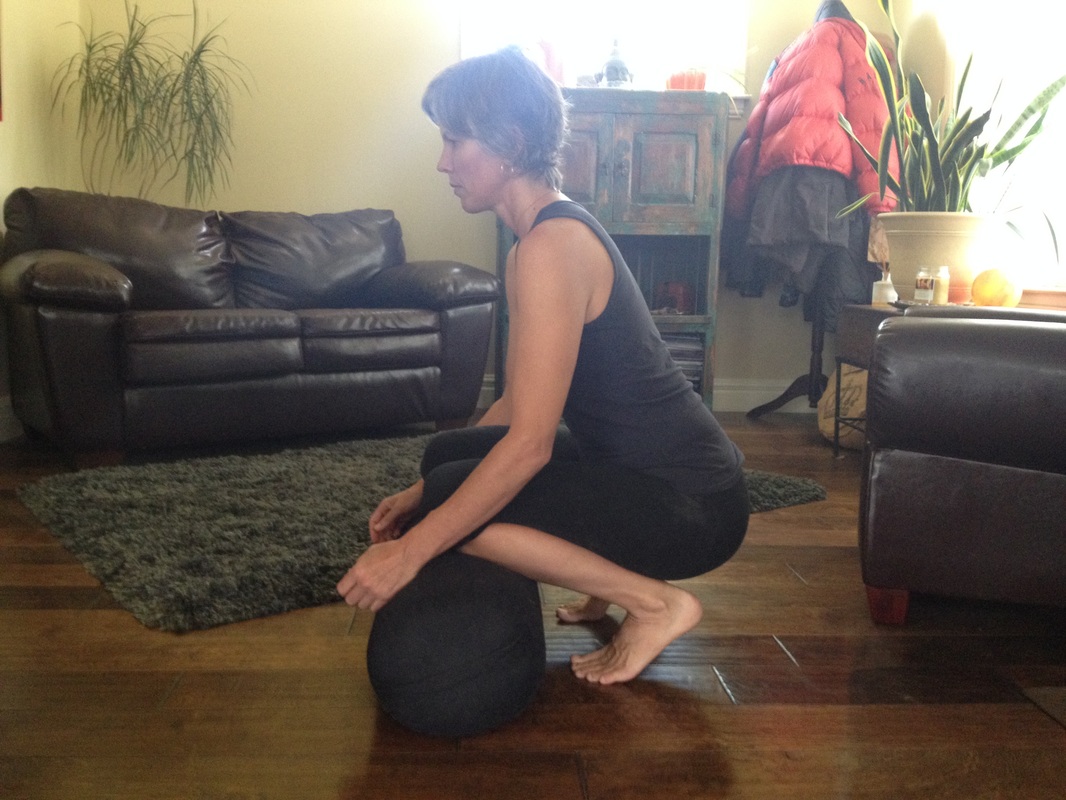

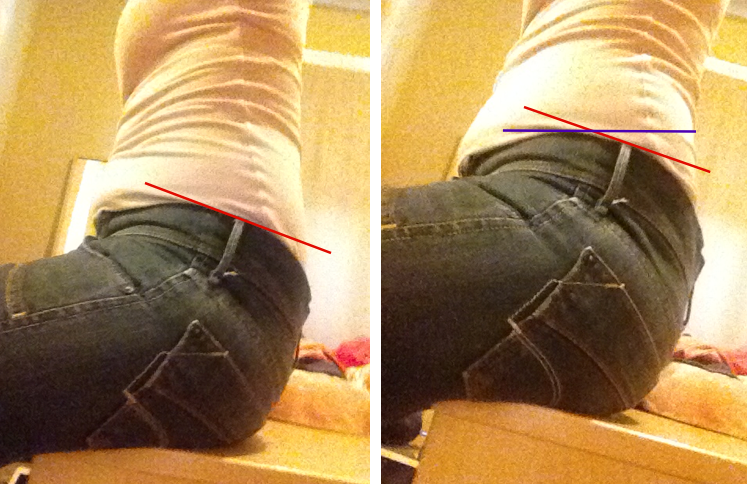
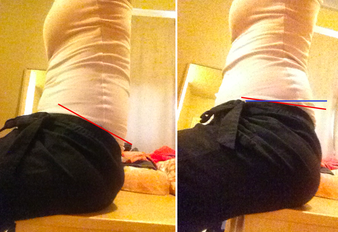
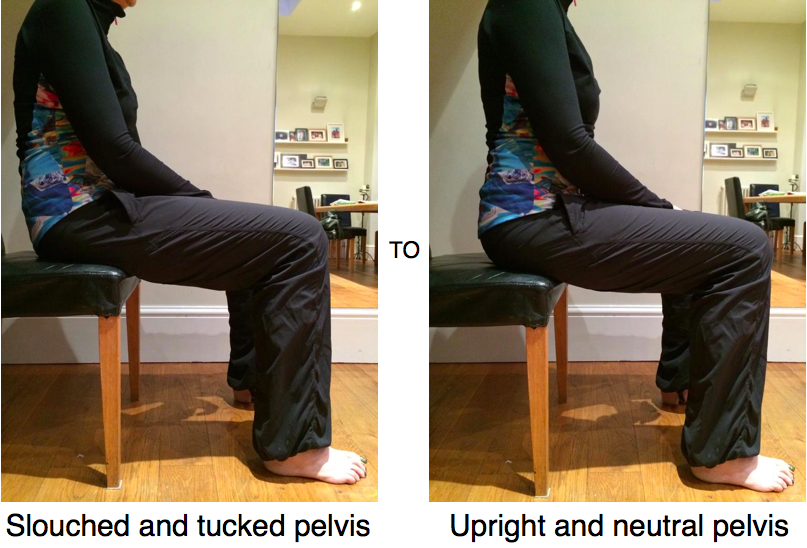
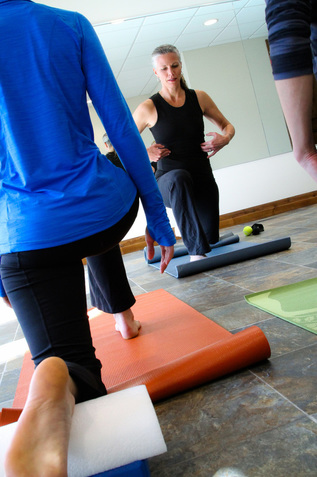
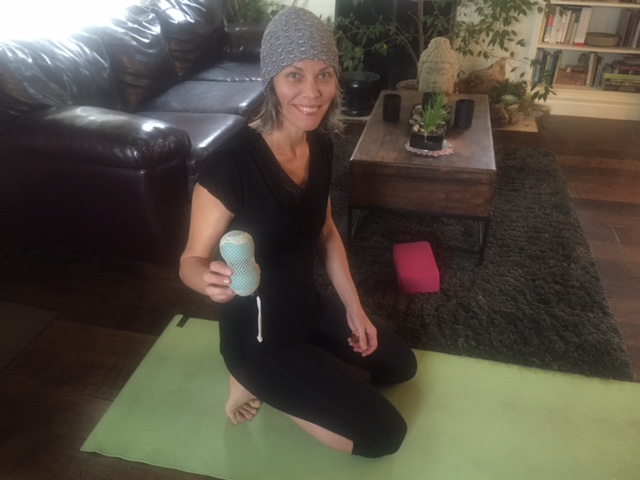






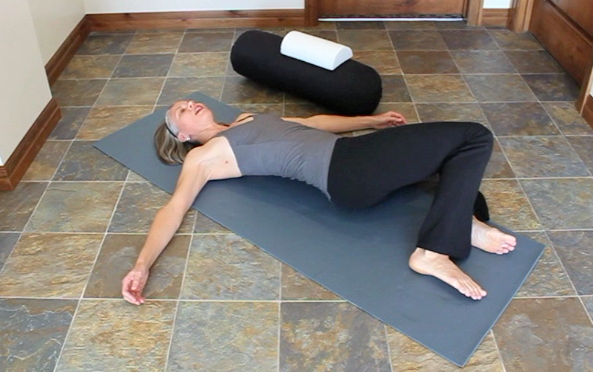
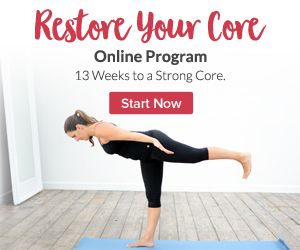
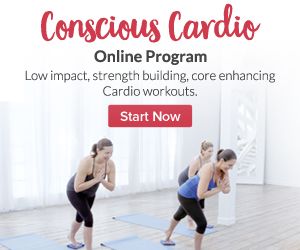
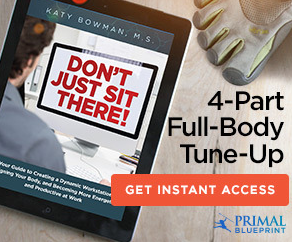
 RSS Feed
RSS Feed